Optimal Timing for Waterproofing Applications
Waterproofing is a critical process to prevent water intrusion and protect structures from damage. The timing of waterproofing applications can significantly influence their effectiveness and longevity. Proper scheduling ensures optimal adhesion, curing, and performance of waterproofing materials, reducing the risk of future issues.
Spring offers moderate temperatures and increased humidity, ideal for waterproofing projects. It allows sufficient curing time before summer heat or winter cold.
Summer provides warm, dry conditions that facilitate quick curing and strong adhesion, making it suitable for waterproofing installations.
Fall's cooler temperatures and lower humidity levels help ensure proper curing, especially in regions with hot summers.
Winter is generally less ideal due to cold temperatures and potential precipitation, which can hinder curing and adhesion of waterproofing materials.

Spring is an optimal time for waterproofing projects due to moderate weather conditions.
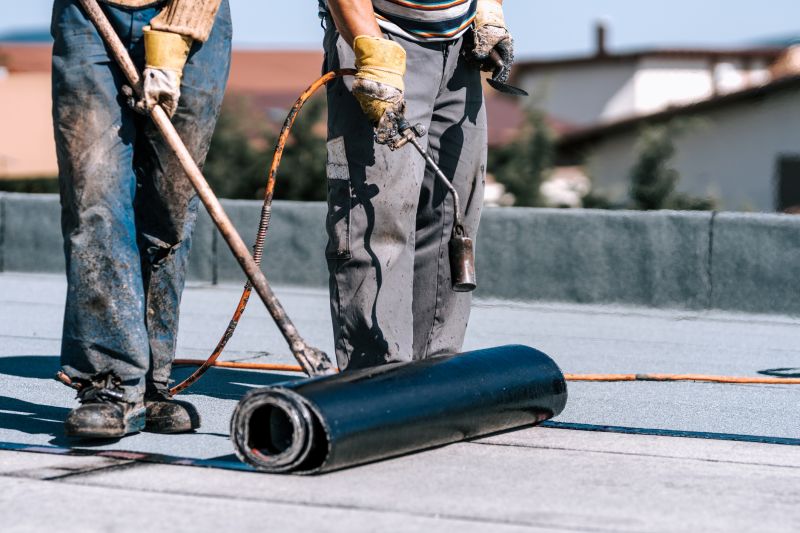
Warm summer weather ensures quick curing and adhesion of waterproofing membranes.
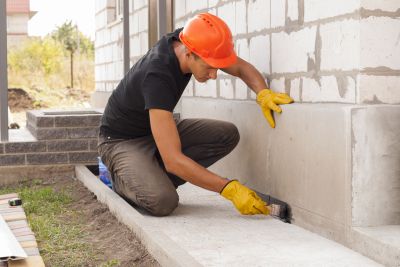
Cooler fall temperatures help achieve thorough curing before winter arrives.

Cold and wet conditions can compromise waterproofing efforts during winter.

Ideal weather includes temperatures between 50-85°F and low humidity.

Scheduling projects during suitable seasons maximizes effectiveness.

Local climate influences the best timing for waterproofing projects.

Proper timing extends waterproofing durability and reduces future repairs.

Visual examples of waterproofing applications across different seasons.
| Season | Ideal Weather Conditions |
|---|---|
| Spring | Moderate temperatures, increased humidity, no frost |
| Summer | Warm, dry conditions, low humidity |
| Fall | Cooler temperatures, low humidity, no frost |
| Winter | Cold temperatures, precipitation, frost risks |
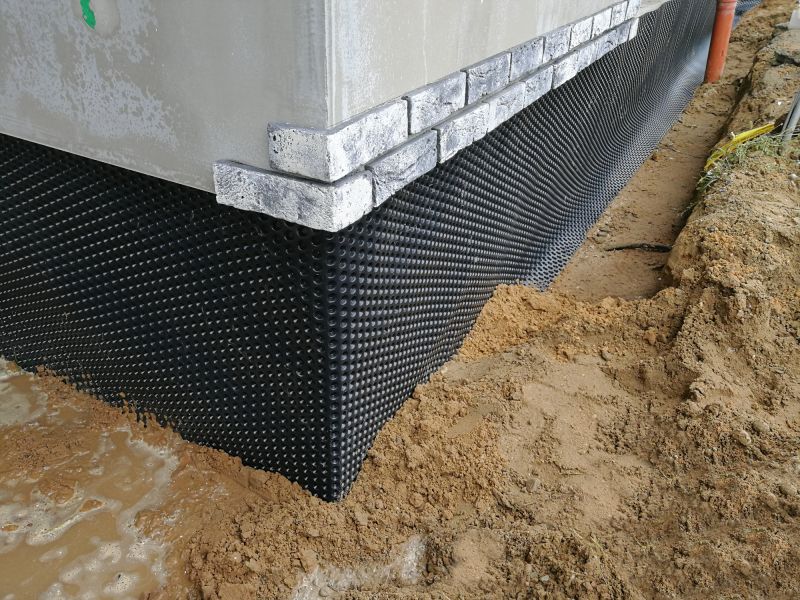
Application of waterproof membranes on building foundations.
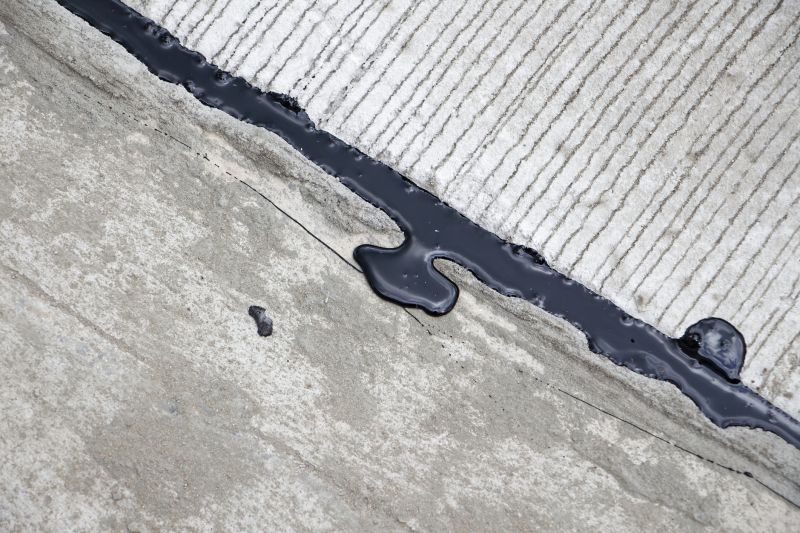
Effective sealing techniques to prevent water ingress.
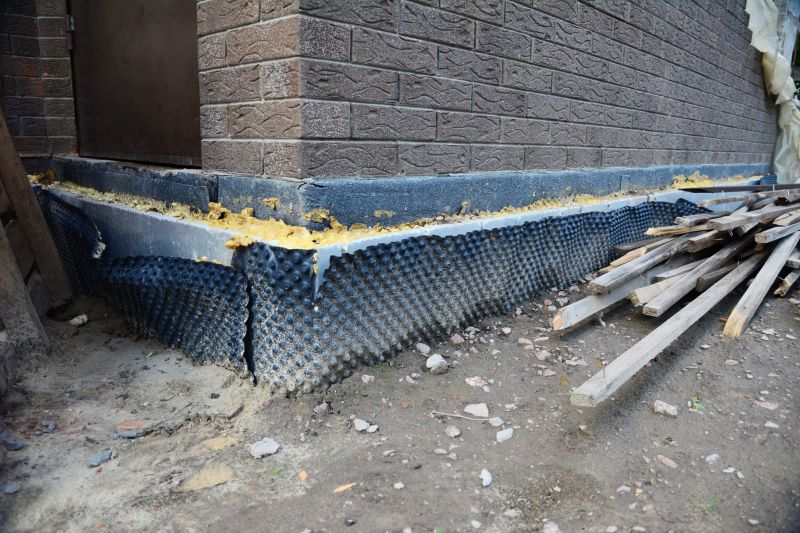
Completed waterproofing layer ready for weather exposure.
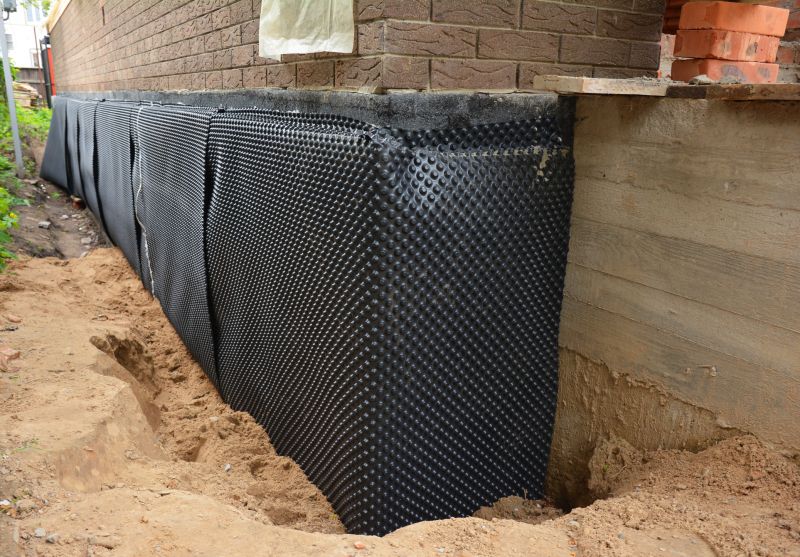
Ways to make Waterproofings work in tight or awkward layouts.
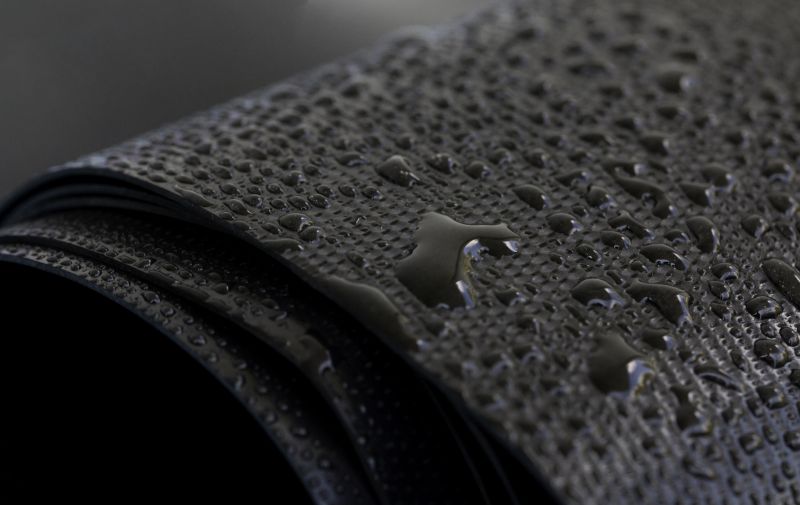
Popular materials for Waterproofings and why they hold up over time.
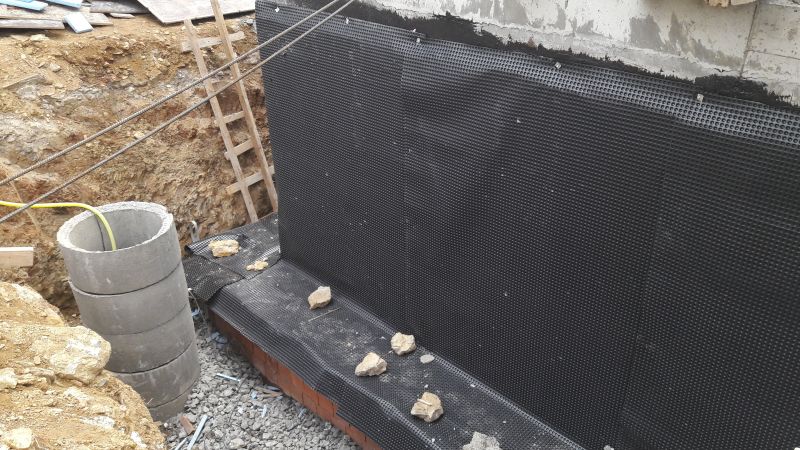
Simple add-ons that improve Waterproofings without blowing the budget.

High-end options that actually feel worth it for Waterproofings.
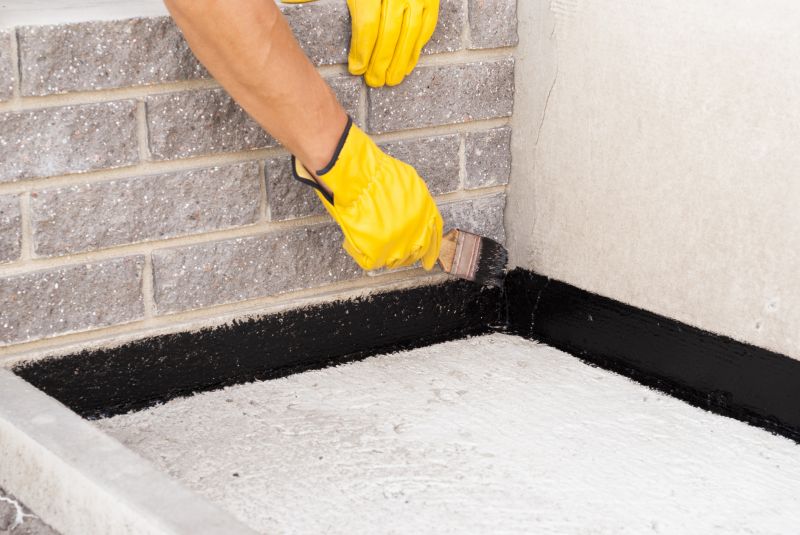
Finishes and colors that play nicely with Waterproofings.
Interested in waterproofing solutions? Filling out the contact form can provide more information tailored to specific needs and project timelines. Proper timing and application techniques are key to ensuring the durability and effectiveness of waterproofing systems.


